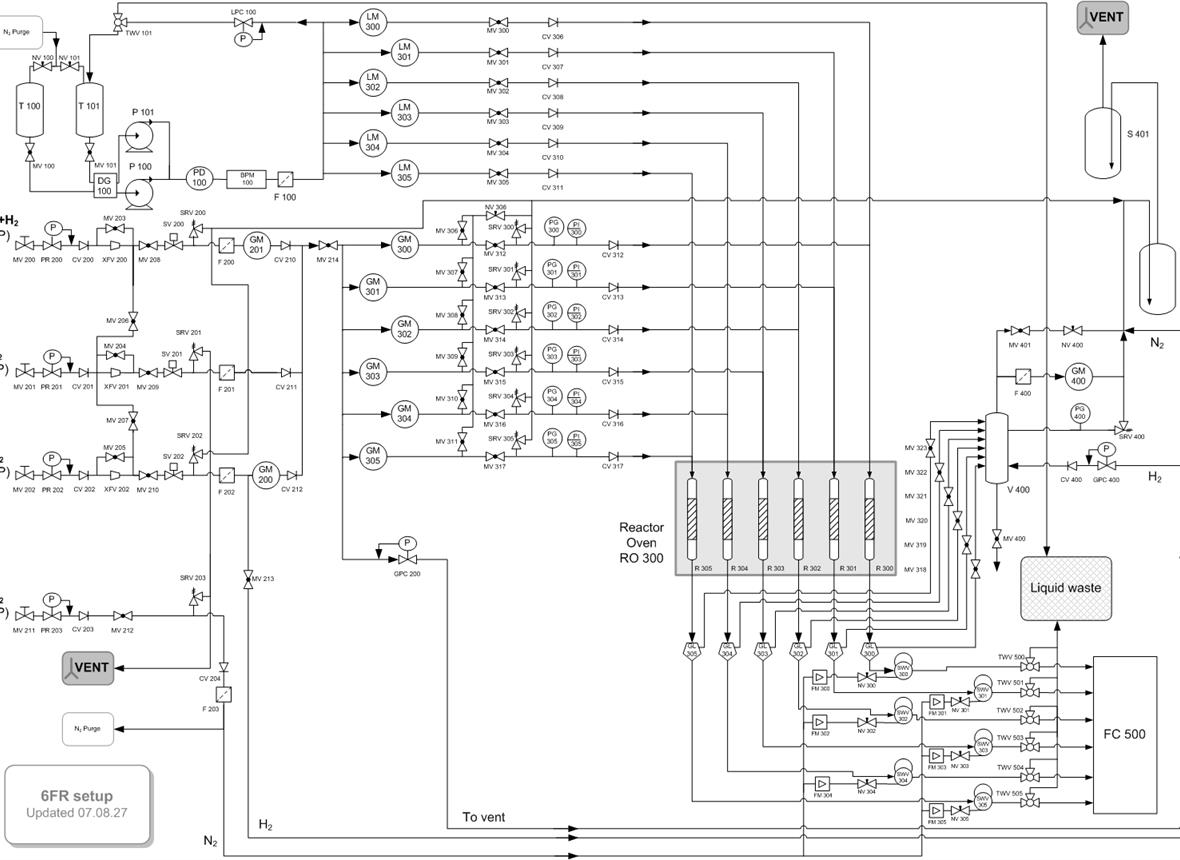Abstract
This work investigates the mechanistic and kinetic effects of gallium (Ga) promotion on copper (Cu) catalysts for carbon dioxide hydrogenation using the density functional theory (DFT), in situ infrared spectroscopy, and mean-field microkinetic simulations. The DFT calculations reveal potential reaction pathways for methanol synthesis, emphasizing the role of formate (HCOO) and carboxyl (COOH) intermediates on Cu (111) and Ga–Cu (111) surfaces. The in situ infrared spectroscopic analysis identifies surface intermediates, validating DFT-predicted mechanistic trends and confirming the preferential COOH pathway on unpromoted Cu catalysts and the HCOO pathway on Ga–Cu catalysts. Microkinetic simulations demonstrate how Ga promotion alters reaction kinetics, favoring the HCOO pathway via H₂COO** formation and explaining the enhanced methoxy intermediate generation on Ga–Cu, which is critical for dimethyl ether production. The temperature effects demonstrate a kinetic shift toward the COOH pathway on Cu catalysts, contrasting with the stability of the HCOO pathway on Ga–Cu. This integrative study demonstrates the significance of Ga in modulating surface chemistry and reaction mechanisms, offering a foundation for designing efficient methanol synthesis catalysts.
Keywords
MKM
HCE
CO2
